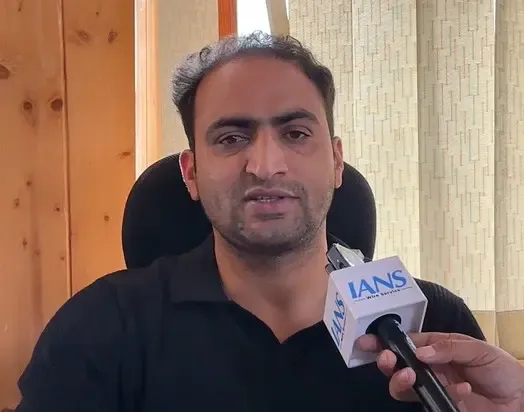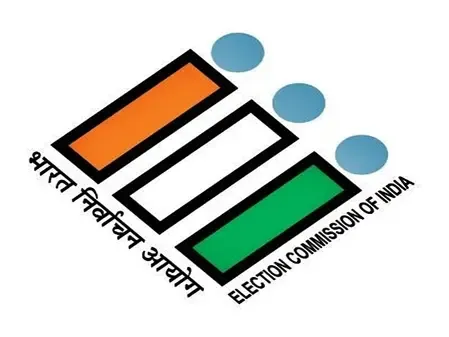DBT Expanded from 28 to 320 Schemes, Saving ₹3.48 Lakh Crore: J&K Official

Synopsis
Key Takeaways
- DBT expanded from 28 to 320 schemes.
- Savings of ₹3.48 lakh crore.
- JAM trinity is crucial for success.
- Beneficiary coverage jumped from 11 crore to 176 crore.
- Welfare Efficiency Index improved from 0.32 to 0.91.
New Delhi, April 18 (NationPress) Dr Shakeel Ahmad, Block Development Officer (BDO) in Shopian District of Jammu and Kashmir, underscored the significant transformation brought about by the Direct Benefit Transfer (DBT) system, highlighting its effectiveness in curtailing leakages and enhancing welfare delivery throughout India. He noted that the number of schemes has expanded from 28 in 2013-14 to 320 schemes, resulting in savings of ₹3.48 lakh crore.
In his discussion with IANS, Dr Ahmad stated, "All central government schemes, whether it is the Pradhan Mantri Awas Yojana, MGNREGA, Swachh Bharat Mission, or PM-Kisan Yojana, are being effectively implemented here."
"Previously, all subsidies were distributed via cheque or cash. A study indicated that only about 15 percent of the subsidy amount was actually reaching the intended beneficiaries. Now, thanks to DBT, funds are directly credited to beneficiaries' bank accounts," he elaborated.
Dr Ahmad further detailed the growth of DBT since its beginning. "In 2013-14, there were just 28 schemes initiated under DBT on a pilot basis. Over time, the system proved to be so effective that currently, 320 schemes are operational through DBT. The system's efficiency has significantly improved," he stated.
He attributed the success of DBT to the JAM trinity—Jan Dhan, Aadhaar, and Mobile connectivity.
"With Jan Dhan, every citizen now possesses a bank account, which has facilitated financial inclusion for many previously underserved individuals. Aadhaar boasts a 99 percent coverage among the adult population. Mobile connectivity has surged from 53 percent in 2013 to 85 percent in 2024," he explained.
Dr Ahmad added, "This JAM trinity has played a crucial role in eliminating duplication and fraudulent beneficiaries. Since all beneficiaries are now assigned a unique ID, a bank account, and mobile connectivity, there is minimal opportunity for fraudulent claims."
India's DBT system has led to a cumulative savings of ₹3.48 lakh crore due to reduced leakages and fraudulent claims. The number of beneficiaries has expanded from 11 crore in 2014 to 176 crore in 2024.
The newly introduced Welfare Efficiency Index (WEI), which assesses fiscal and social benefits, increased from 0.32 in 2014 to 0.91 in 2023, highlighting systemic enhancements.
Despite a rise in welfare budgets from ₹2.1 lakh crore in 2009-10 to ₹8.5 lakh crore in 2023–24, the proportionate subsidy allocations have decreased, underscoring DBT’s fiscal efficiency.
Food subsidies alone accounted for ₹1.85 lakh crore in savings, representing 53 percent of the total. Initiatives like MGNREGS and PM-KISAN have achieved 98 percent timely wage payments and saved ₹22,106 crore.
Aadhaar-linked verification has eradicated ghost beneficiaries, allowing for broader coverage without proportional increases in expenditure.
"Upon examining the data over the past decade, we've discovered that effective policy implementation holds equal weight to the policy itself. A policy may be exemplary, yet its true success is contingent upon its effective execution in practice," Dr Ahmad emphasized.
"To facilitate this, we developed a Welfare Efficiency Index (WEI), a statistical tool that previously did not exist. This tool was utilized to assess the efficiency of various welfare programs," he concluded.









